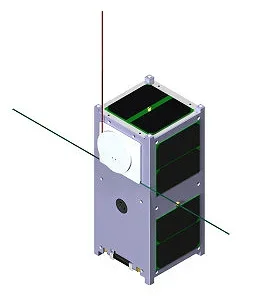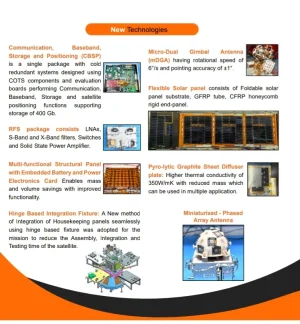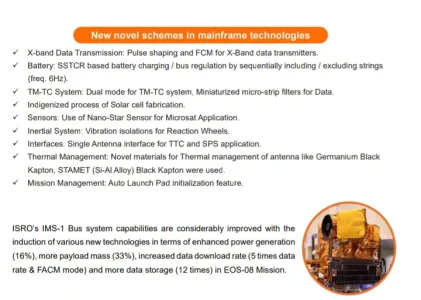- Joined
- Jun 27, 2024
- Messages
- 2,981
- Likes
- 10,587
Notam for Aug 7th 2024:
A2234/24 NOTAMN
Q) VOMF/QWMLW/IV/BO/W/000/999/
A) VOMF PART 1 OF 4 B) 2408070315 C) 2408270715
D) 0315-0715
E) ROCKET LAUNCH FM SHAR RANGE, SRIHARIKOTA WILL TAKE PLACE AS PER
FLW DETAILS.THE LAUNCH WILL BE ON ANY ONE OF THE DAY DRG THIS
PERIOD. ACTUAL DATE OF LAUNCH WILL BE INTIMATED 24 HR IN ADVANCE
THROUGH A SEPARATE NOTAM.
LAUNCH PAD COORD: 134400N 0801406E
NO FLT IS PERMITTED OVER THE DNG ZONES.
DNG ZONE 1: CIRCLE OF 10 NM AROUND THE LAUNCHER.
DNG ZONE 2: AREA ENCLOSED BY THE FOLLOWING COORD:
0930N 08340E
1010N 08410E
0710N 08650E
0630N 08620E






